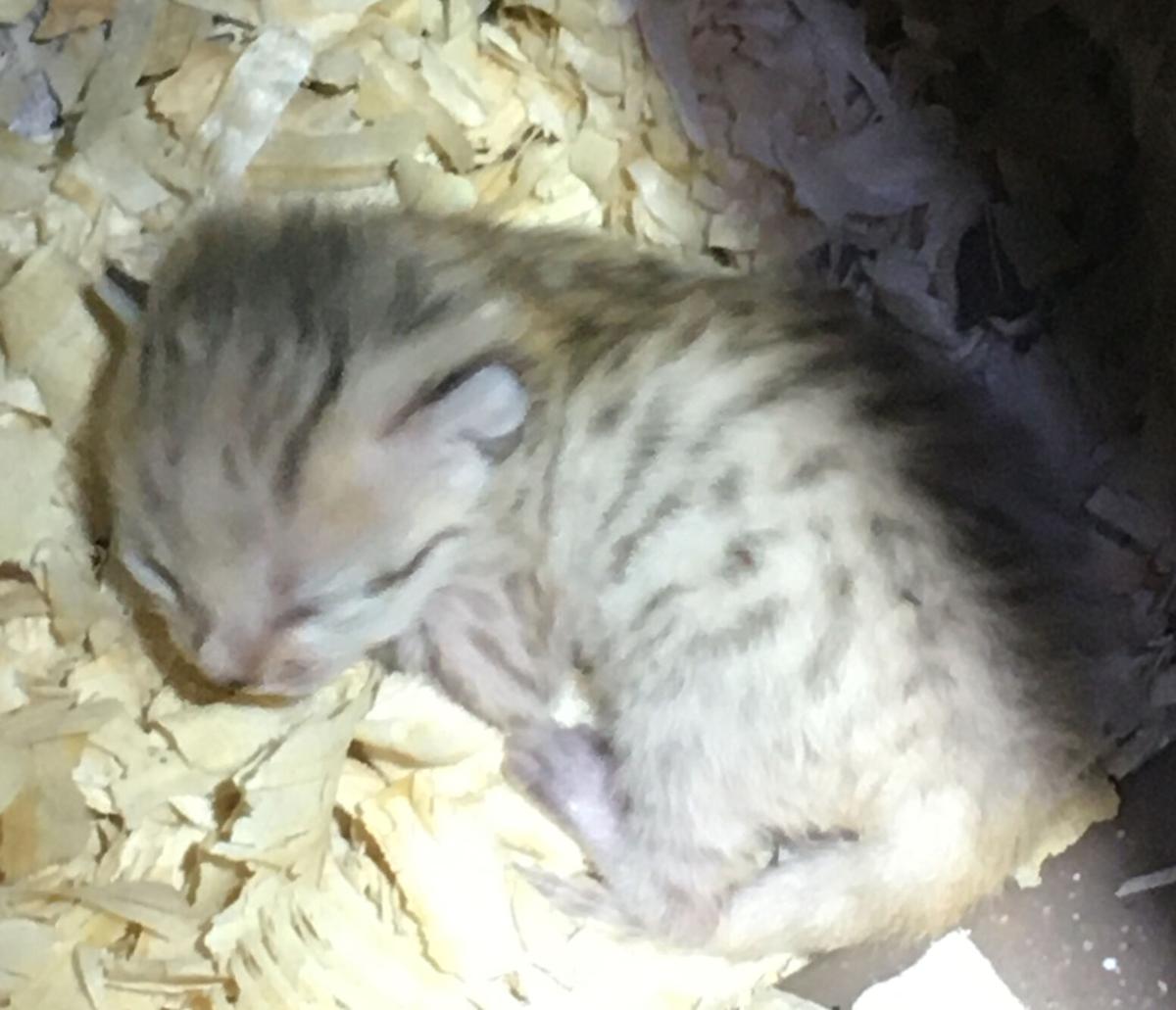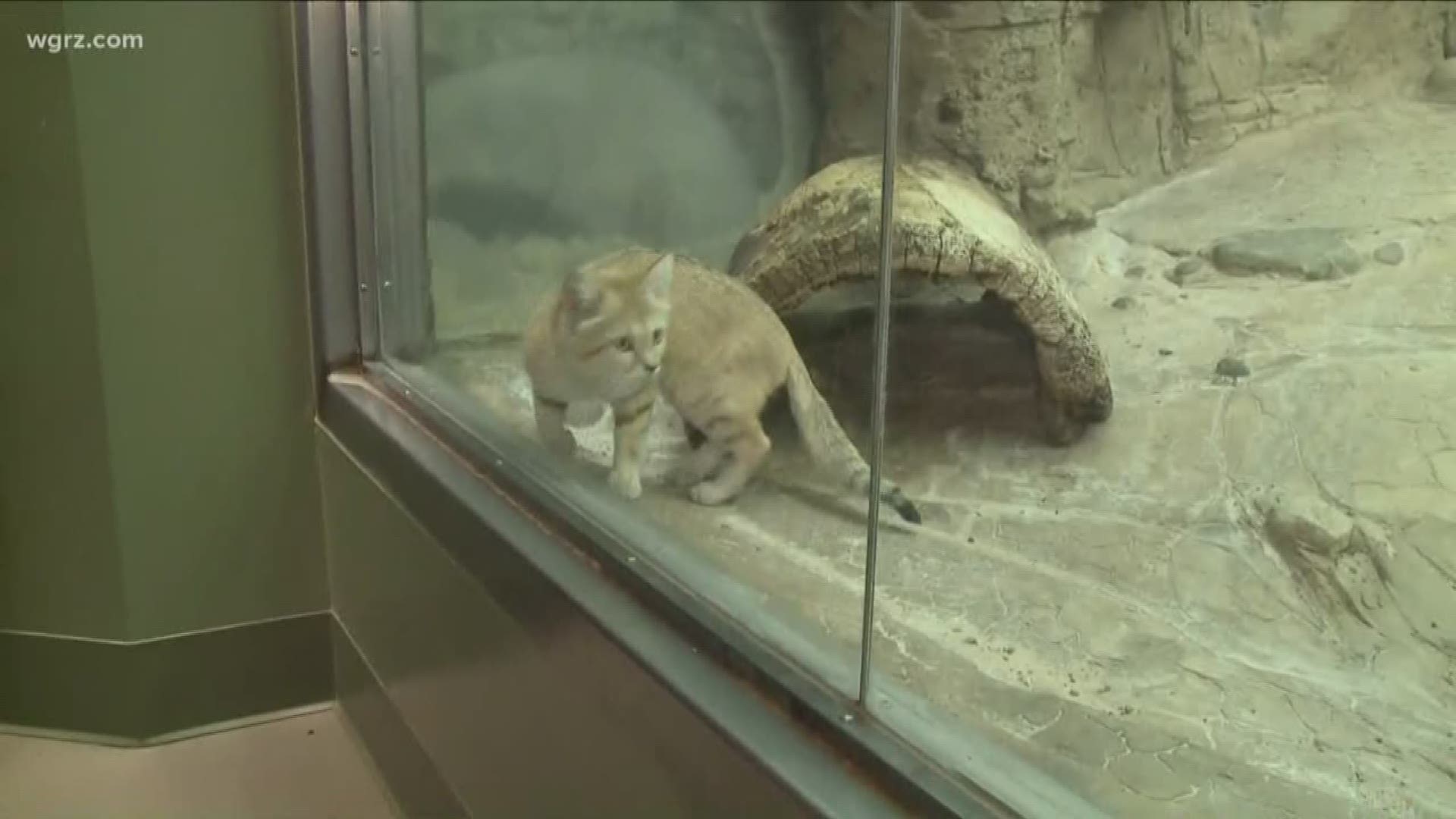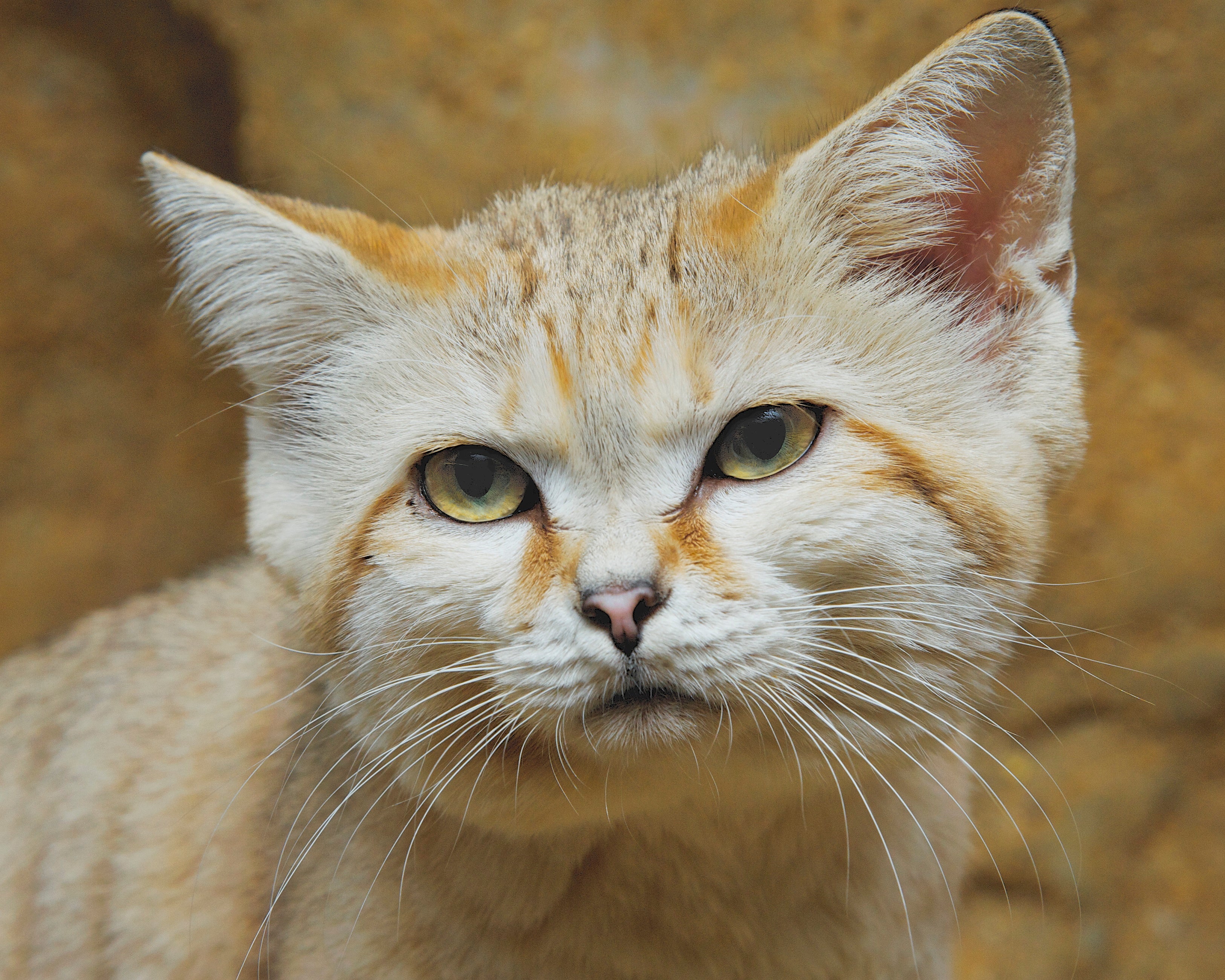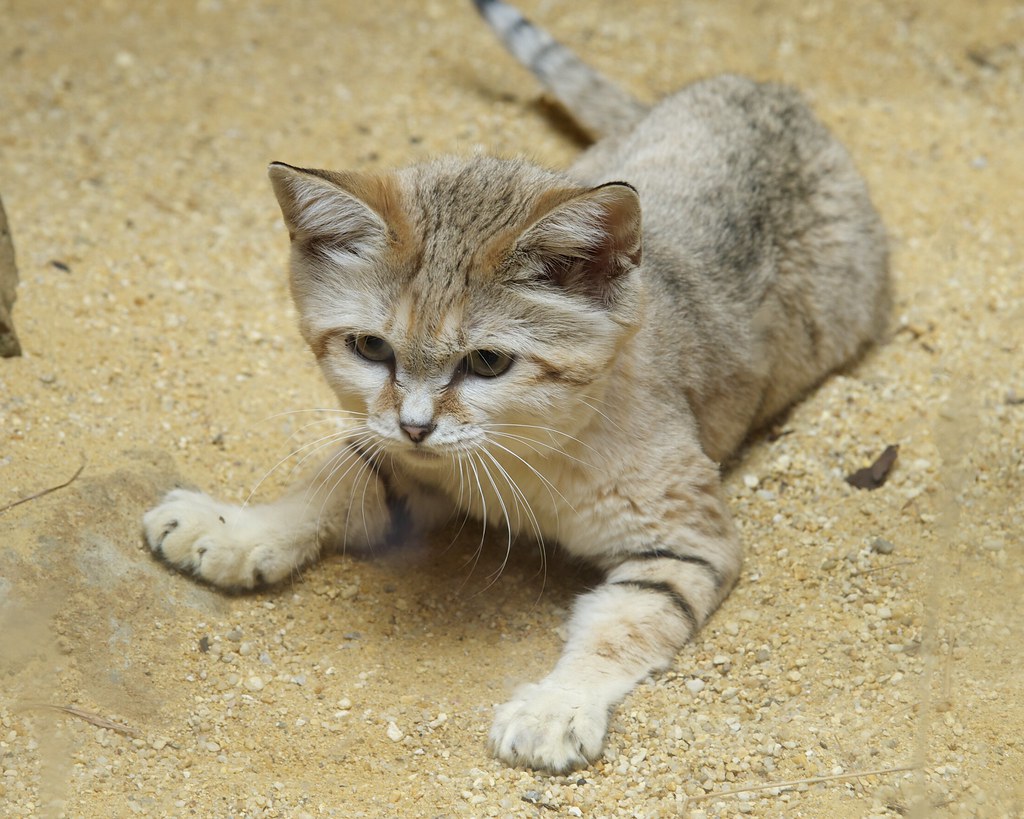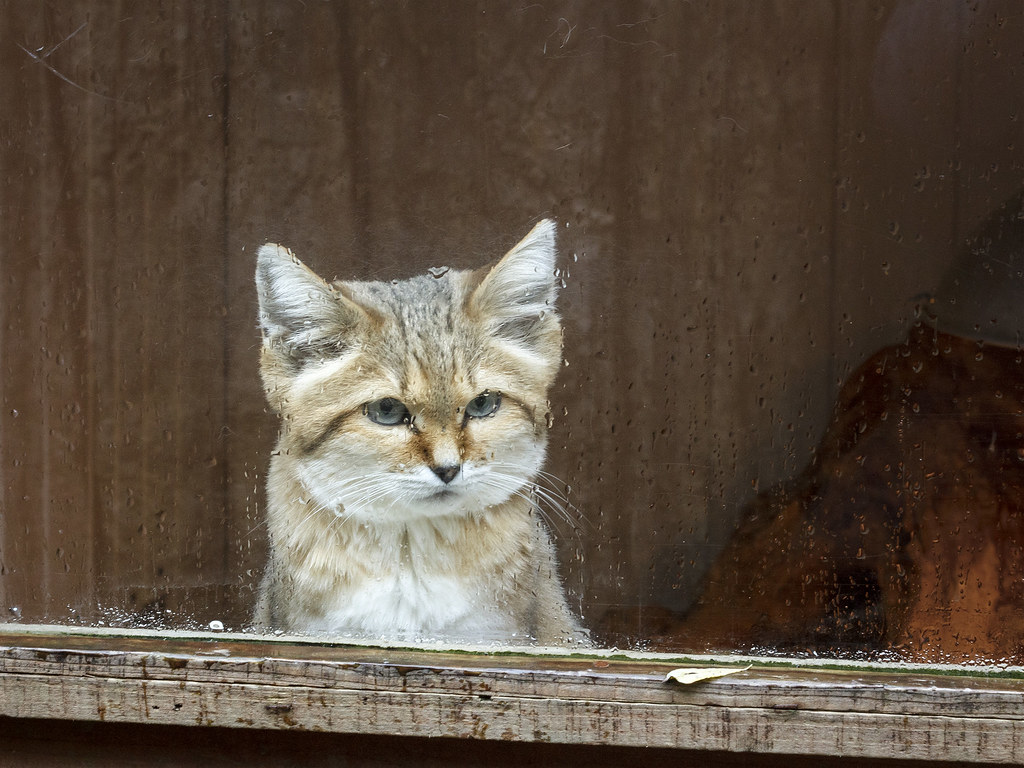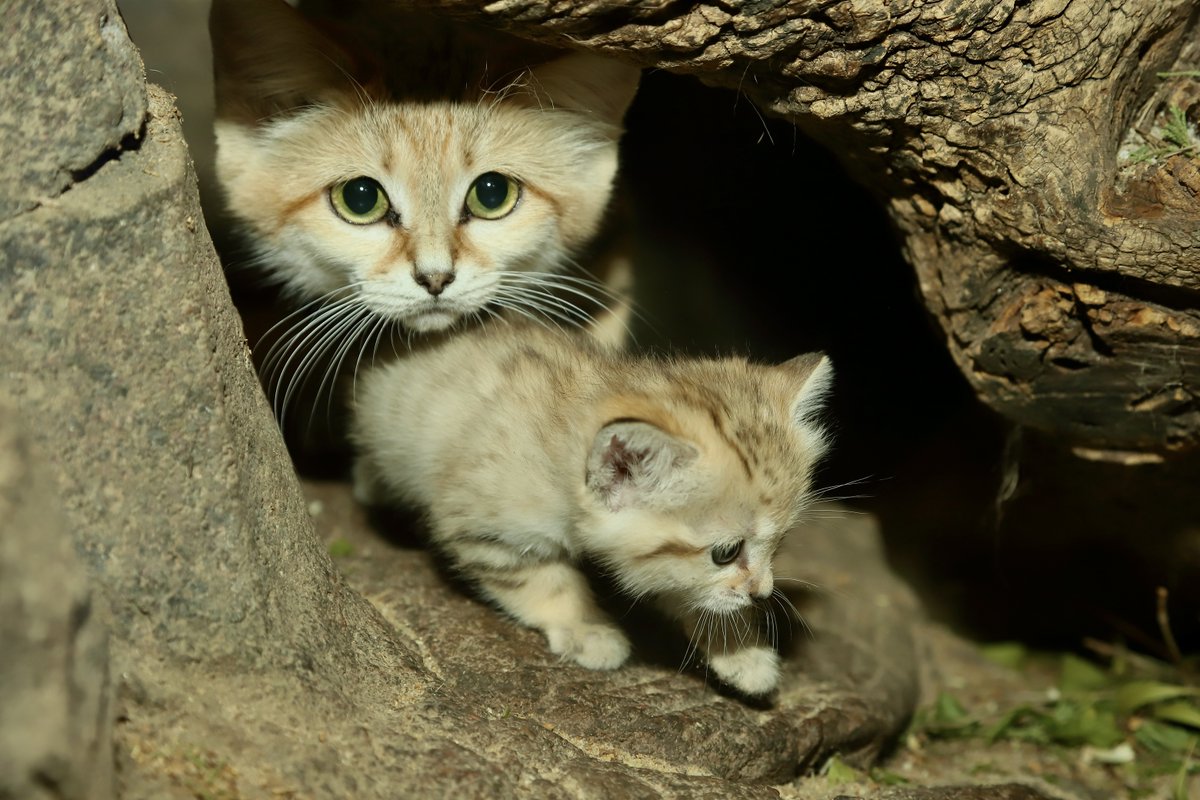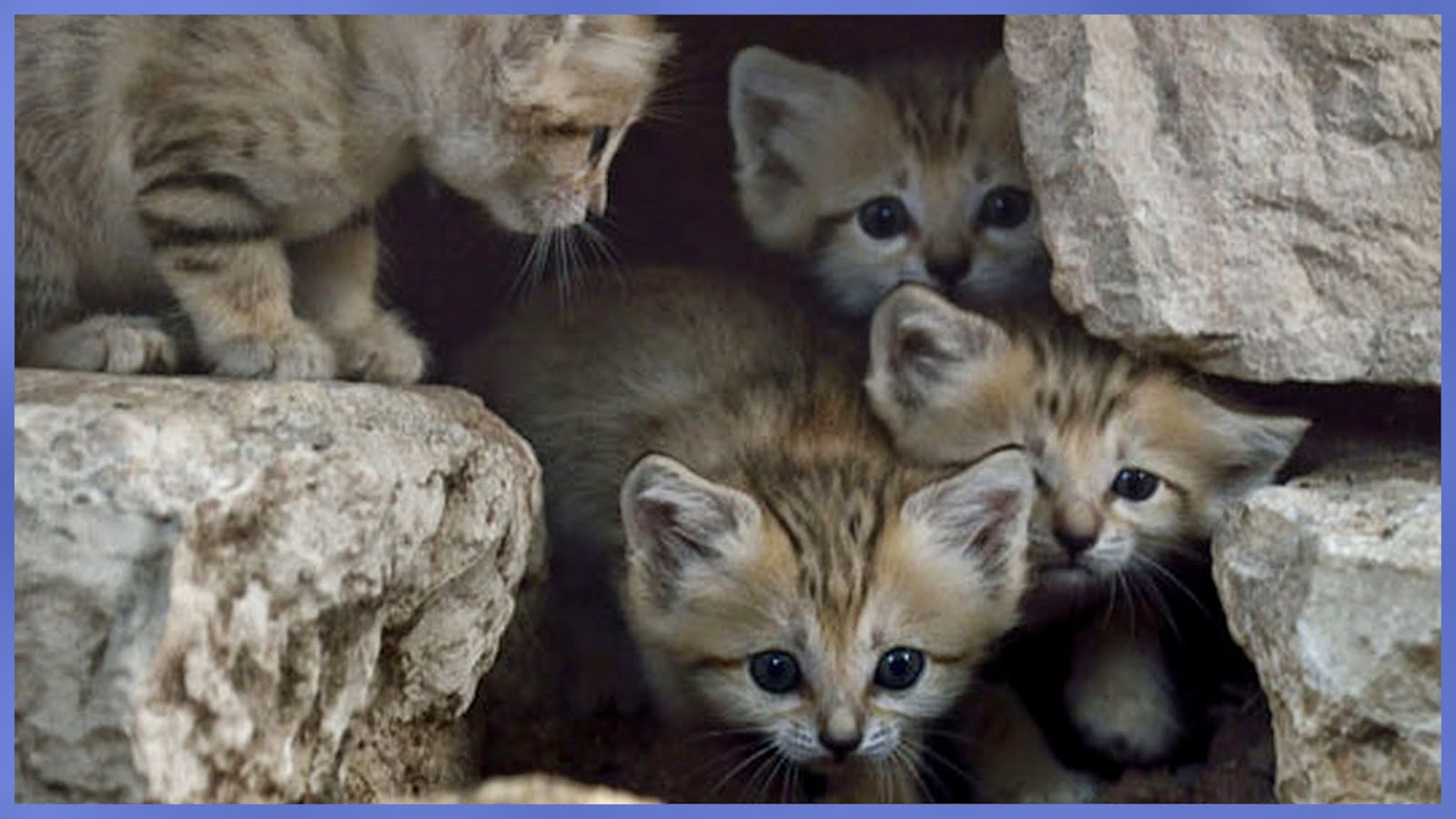Sand Cats Zoo Habitat

Habitat degradation is the major threat to the sand cat.
Sand cats zoo habitat. Sand cats are kept in many zoos and collections mainly in the USA Europe and the Middle East. Nature perfectly equipped this little predator to live in extreme conditions. Not in cages in zoos and with sick people that want a different kind of pet than the neighbor has.
Degradation of their desert habitats is the largest threat to sand cat populations. Highlights Sand cats have an exceptionally large middle ear cavity making them extremely sensitive to the small scratching sounds of burrowing rodents as well as large ears that can swivel and funnel sounds to the inner ear. They are found in very arid habitats with little to no vegetation.
In addition our mountain lions receive large bones and sometimes parts of carcasses while our fishing cats are occasionally given goldfish to catch. An Arabian Sand Cat One Plan Conservation Workshop was organised by Al Ain Zoo on 13-14th November 2013. In the wild the sand cats can be found in the stony and sandy desert in North Africa and Southwest Asia.
This animals sand colored coat is hard to see against dry bushes and sand and acts as protection for it. As a public health precaution due to COVID-19 the Smithsonians National Zoo and Conservation Biology Institute has updated its hours and entry requirements. The sand cat is equipped for desert life.
It is well suited to the desert with their short thick. Large ears and thickly furred pads are special adaptations that allow the cat to detect underground prey and survive in extreme conditions. These tiny 3-11 pound cats live in sandy and stony deserts and are the only true desert cat species.
Sand cats are native to the deserts of North Africa and the Arabian Peninsula. To transition zoo-raised animals back to the wild. Sand cats are the Peter Pan of felines.

